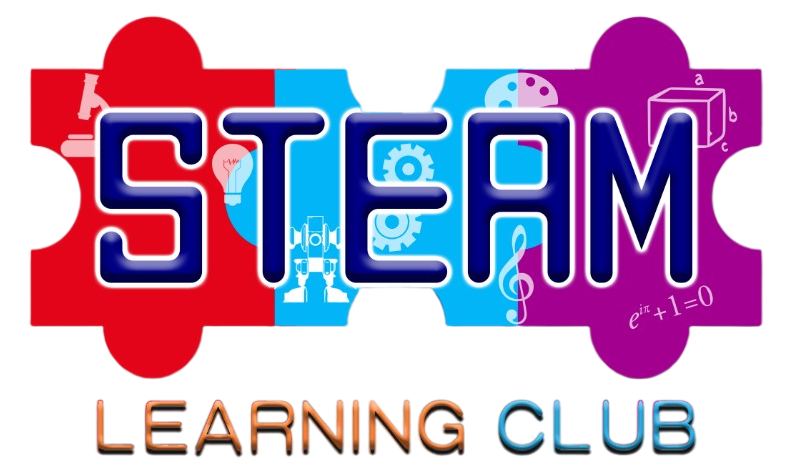Designed with a national champion debater and Pro Tournament champion, Debate League (currently beta testing), is a curriculum for teaching high-level debate skills to youth. Our methods can be used in any format of debate, or within our style. We've structured the materials to allow anyone (even someone who has never done debate) to start and run a debate club for kids from middle school through college.
Created by
Debate League training is done through videos and an optional handbook, progressing from the basic concepts in debate to the tested-and-successful methods for putting together your case, cross-examination, rebuttal, and summary.
Signposting
When you number your arguments clearly, for the judge, you are taking an important step toward winning your debates. But, it’s more than that. Watch to find out why.
Topic Analysis
The first step in preparing for a debate is to examine the resolution and figure out what is actually being debated. You’ll break down the wording of the resolution and determine definitions and meanings of the words and phrasing of the topic.
Researching
Once you have a good understanding of the meaning of the resolution, it’s time to start reading and learning about the topic. This video gives you suggested tools and techniques to effectively learn about your topic from high-quality sources.
Building Contentions
In this video we go over how to structure the reasons that you will give for why your side should win the debate. These are the heart of your Constructive/case.
Framework
Framework is the method you want the judge to use to decide the debate. In this video we talk about different frameworks and the importance of tying the Framework to the resolution.
Utilitarianism and the
Trolley Problem
Judges are often predisposed to think a utilitarian outlook leads you to justify any means necessary to achieve your goals. The trolley problem illustrates some of the ethical concerns about utilitarianism.
The Constructive Speech
Now you are ready to put the full Constructive together, including introductory remarks, definitions, observations, framework, contentions, recap, and closing remarks.
Perceptual Dominance
Your judge and your opponent will see you as more knowledgable and confident when you use the techniques in this video.
Presentation Techniques
Half of debate is persuasion, the other half is presentation. In this video we cover presentation techniques that will improve your success in debate.
Cross-Examination
Cross-Examination, also known as Cross-Ex, CX, and Crossfire, is the question-and-answer portion of the debate. Here you’ll learn what to question, how to question, and how to effectively respond to questions.
Rebuttal
In this video you will learn about blocks (pre-written responses), plus the five steps to an effective rebuttal, including eight effective attacks that can make your line-by-line rebuttal hard to beat.
Summary
The Summary speech is where you give the judge an overview of the debate and show them why you won. We show you the five steps, particularly emphasizing how to weigh impacts and provide Voters, that is, a list of reasons why you won, to the judge.


